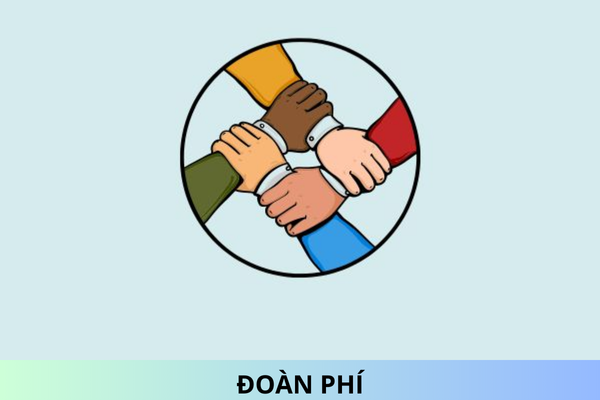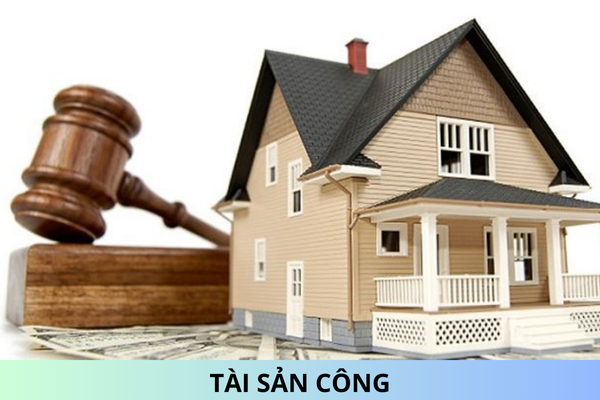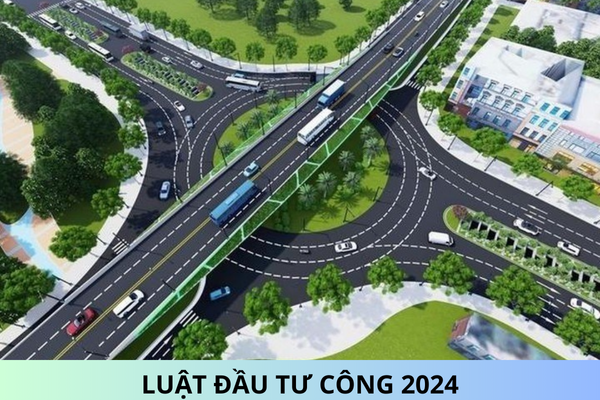Evaluation of Radioactive Substance Dispersion in the Air Environment: Objectives and Scope
Purpose and Scope of Evaluating Radioactive Substance Dispersion in Air Environment
What is the purpose and scope of evaluating the dispersion of radioactive substances in the air environment? How is the procedure for evaluating the dispersion of radioactive substances in the air environment regulated? Please answer these questions for me according to the latest legal regulations.Assessment of Radioactive Substance Dispersion in the Air: Objectives and Scope
In Section I, Appendix I.14 issued with Circular 08/2022/TT-BKHCN (effective from July 22, 2022), stipulates the objectives and scope of assessing the dispersion of radioactive substances in the air environment:
1. Objectives
This procedure regulates the activities of assessing the dispersion of radioactive substances through the air as required by the competent authority.
2. Scope and Subjects of Application
This procedure applies to support forces involved in response to national-level radiation and nuclear incidents.
What is the Procedure for Assessing the Dispersion of Radioactive Substances in the Air Environment?
According to Subsection 3, Section I, Appendix I.14 issued with Circular 08/2022/TT-BKHCN (effective from July 22, 2022), the procedure for assessing the dispersion of radioactive substances in the air environment is outlined as follows:
3.1. Diagram

3.2. Explanation
Step 1. Initial Notification
The Vietnamese competent authority for domestic incidents (hereinafter referred to as NCA(D)) sends the first notification to the Incident and Emergency Centre (IEC) of the International Atomic Energy Agency (IAEA), which may include attached documents or links to USIE (the Unified System for Information Exchange in Incidents and Emergencies of IAEA).
NCA(D) continues to send notifications to neighboring countries.
Step 2. Supplemental Incident Response Information
NCA(D) periodically sends appropriate supplementary information via fax or email using the EMERCON (GENF or MPA) form to IEC or submits the form on USIE, possibly including related documents or links.
Radioactive data officers provide data to IRMIS (IAEA's International Radiation Monitoring Information System) by posting the monitoring data on the IRMIS information page.
Provide meteorological data from the country reporting the incident: NCA(D) can provide national meteorological data or request data from international meteorological organizations.
Information from affected countries: NCA(A) sends relevant information to IEC or posts it on USIE or provides links to the national response information page with appropriate details. Radioactive data officers upload monitoring data on the IRMIS information page if possible.
Request for information from other countries: The competent authority of the requesting country seeks information through the IAEA system. The competent authority of the reporting country responds to incident information channels of IEC or provides responses via phone or submits requested information on USIE.
Step 3. Assessment and Forecast of Incident Development
The competent authority reporting the incident provides information through IEC's main information channels or submits attached assessment and prediction files about the incident development to USIE.
Step 4. Providing Recommendations or Requesting Assistance
National competent authorities may send requests for assistance to IEC or submit reports requesting support on USIE.
Prepare Assistance Action Plan (AAP): The requesting country and the assisting country review and revise the Assistance Action Plan (AAP) and related documents. The parties involved sign the AAP.
The assisting country organizes and implements the assistance.
Step 5. Providing Public Information
NCA(D) sends copies of all press releases or links to public information pages to IEC's main information channels or posts them on USIE.
The INES officer of the reporting country cooperates with relevant competent authorities and submits the report form via USIE.
Step 6. Inter-Agency Coordination
The competent authority, according to its mandate, may establish links or communication channels with member states, relevant international organizations, centers, or regional programs. Additional information and details related to the incident are provided if those countries are interested.
Step 7. Reporting the End of the Incident
The competent authority reports the conclusion of the incident and transitions to the chronic planning phase through a report on USIE.
Respectfully!










